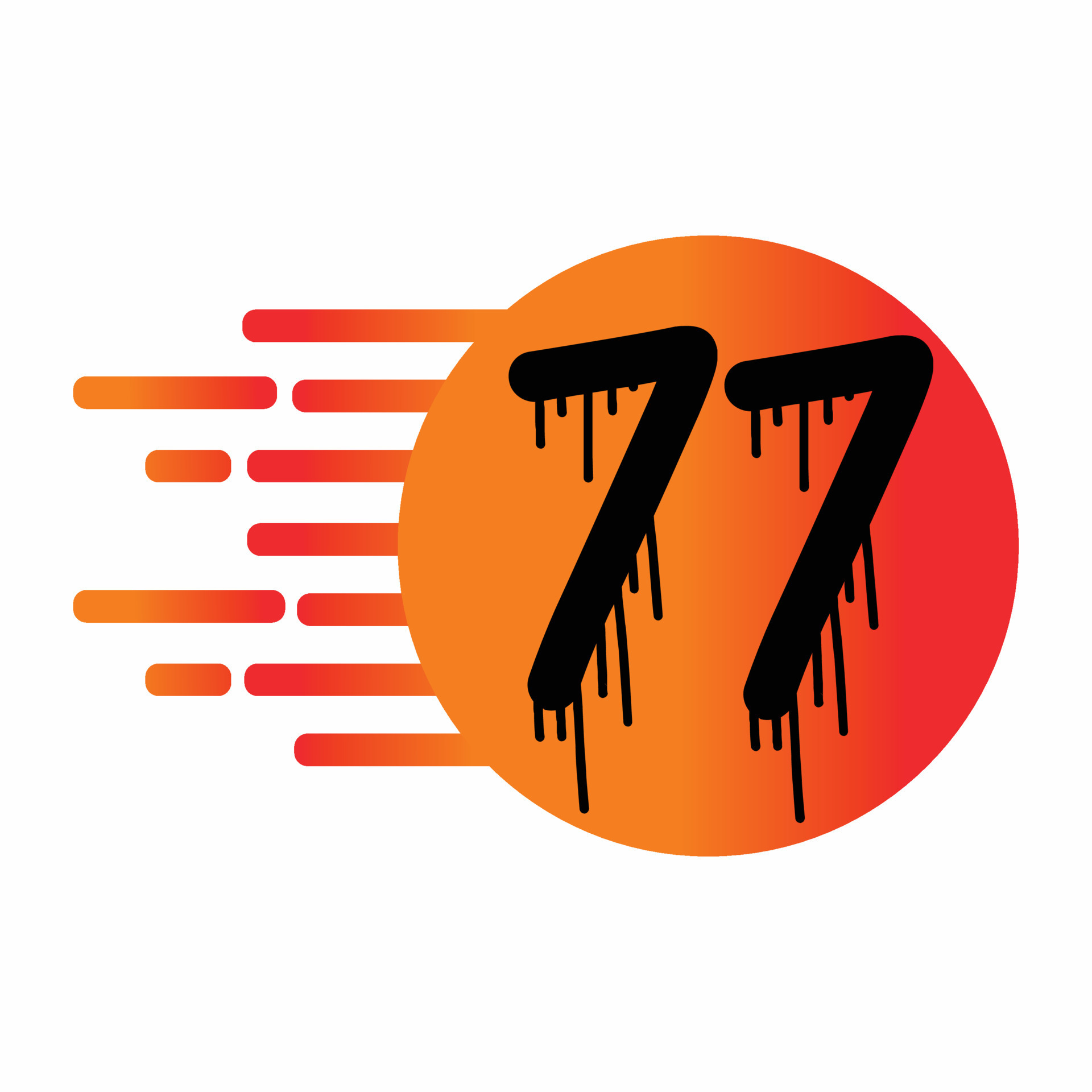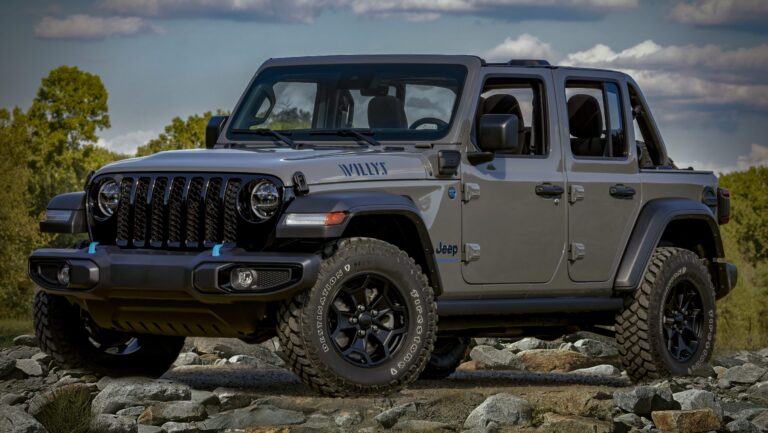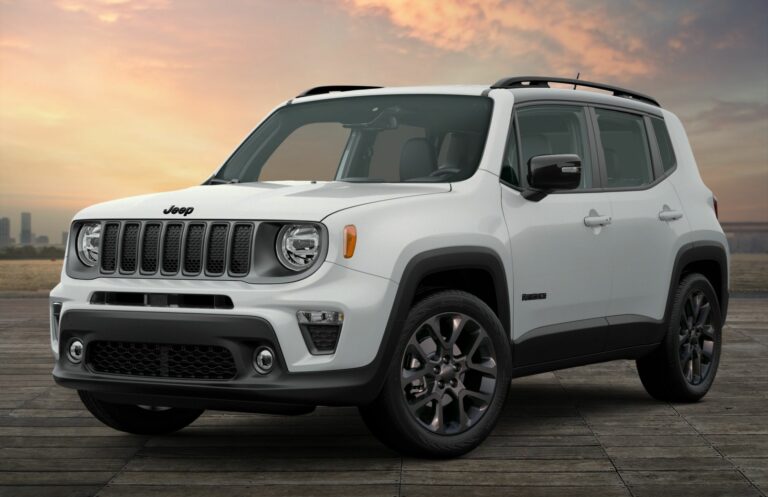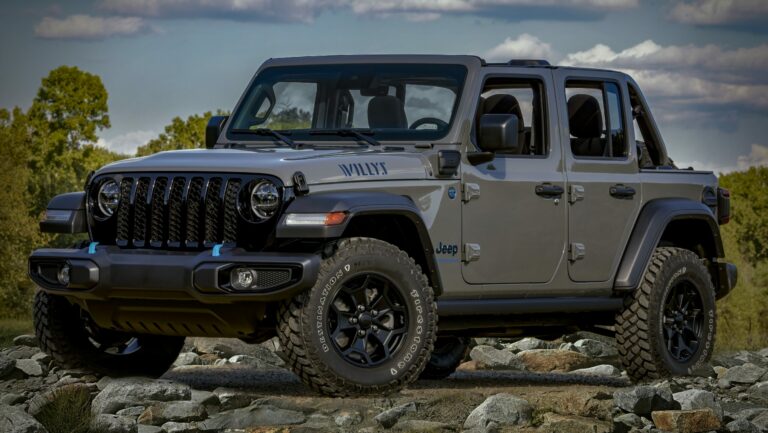77 Jeep CJ7 For Sale: A Comprehensive Guide to Owning an American Icon
77 Jeep CJ7 For Sale: A Comprehensive Guide to Owning an American Icon jeeps.truckstrend.com
The year 1977 holds a special place in the hearts of Jeep enthusiasts. It marks a pivotal moment for the CJ7, a vehicle that had only been introduced in 1976 and was quickly cementing its status as the quintessential American off-roader. For many, the 1977 Jeep CJ7 represents the perfect blend of classic CJ ruggedness and a touch of modern convenience, making it an incredibly sought-after classic today. When you see "77 Jeep CJ7 For Sale," it’s not just an advertisement for a used vehicle; it’s an invitation to own a piece of automotive history, a symbol of freedom, adventure, and unadulterated off-road capability. This article will serve as your comprehensive guide to understanding, finding, and ultimately acquiring your very own 1977 Jeep CJ7.
Why the 1977 Jeep CJ7 Remains a Coveted Classic
77 Jeep CJ7 For Sale: A Comprehensive Guide to Owning an American Icon
The allure of the 1977 CJ7 stems from several factors that make it particularly desirable among collectors and off-roaders alike. Building on the foundation of the legendary CJ5, the CJ7 introduced a longer wheelbase (93.5 inches vs. 83.5 inches for the CJ5), which significantly improved ride quality, stability, and allowed for the option of an automatic transmission. This elongation also made the rear seats more practical and provided more cargo space.
The ’77 model year, in particular, saw the CJ7 hitting its stride. It offered a robust platform with a choice of dependable AMC engines, including the popular 258 cubic inch (4.2L) inline-six and the potent 304 cubic inch (5.0L) V8. Its solid axle design, durable frame, and straightforward mechanics made it incredibly capable off-road and relatively easy to maintain and modify. Furthermore, the aesthetic of the CJ7 – its distinctive round headlights, slotted grille, and boxy silhouette – is instantly recognizable and embodies the spirit of American adventure. Owning a ’77 CJ7 is about more than just transportation; it’s about connecting with a legacy of exploration and embracing a lifestyle.
Key Features and Specifications of the ’77 CJ7
Understanding the core components of a 1977 CJ7 is crucial for any potential buyer. These specifications define its character and performance:
- Engine Options:
- AMC 258 cu in (4.2L) I6: A workhorse engine, known for its torque and reliability, making it excellent for off-roading.
- AMC 304 cu in (5.0L) V8: Offered more horsepower and a distinct V8 rumble, appealing to those seeking more on-road power or aggressive trail performance.
- A 151 cu in (2.5L) I4 was also available in some markets, but less common and underpowered for most applications.

- Transmission Options:
- Manual: T-150 3-speed manual (standard) or Borg-Warner T-4 4-speed manual (optional).
- Automatic: Turbo-Hydramatic 400 (TH400) 3-speed automatic, especially when paired with the V8, offered a more relaxed driving experience.

- Transfer Case:
- Dana 20 (part-time 4WD): Standard on most models, offering traditional 2WD, 4-high, and 4-low.
- Borg-Warner Quadra-Trac (full-time 4WD): An innovative system that allowed the CJ7 to be driven in 4WD on pavement, providing enhanced traction in varying conditions.
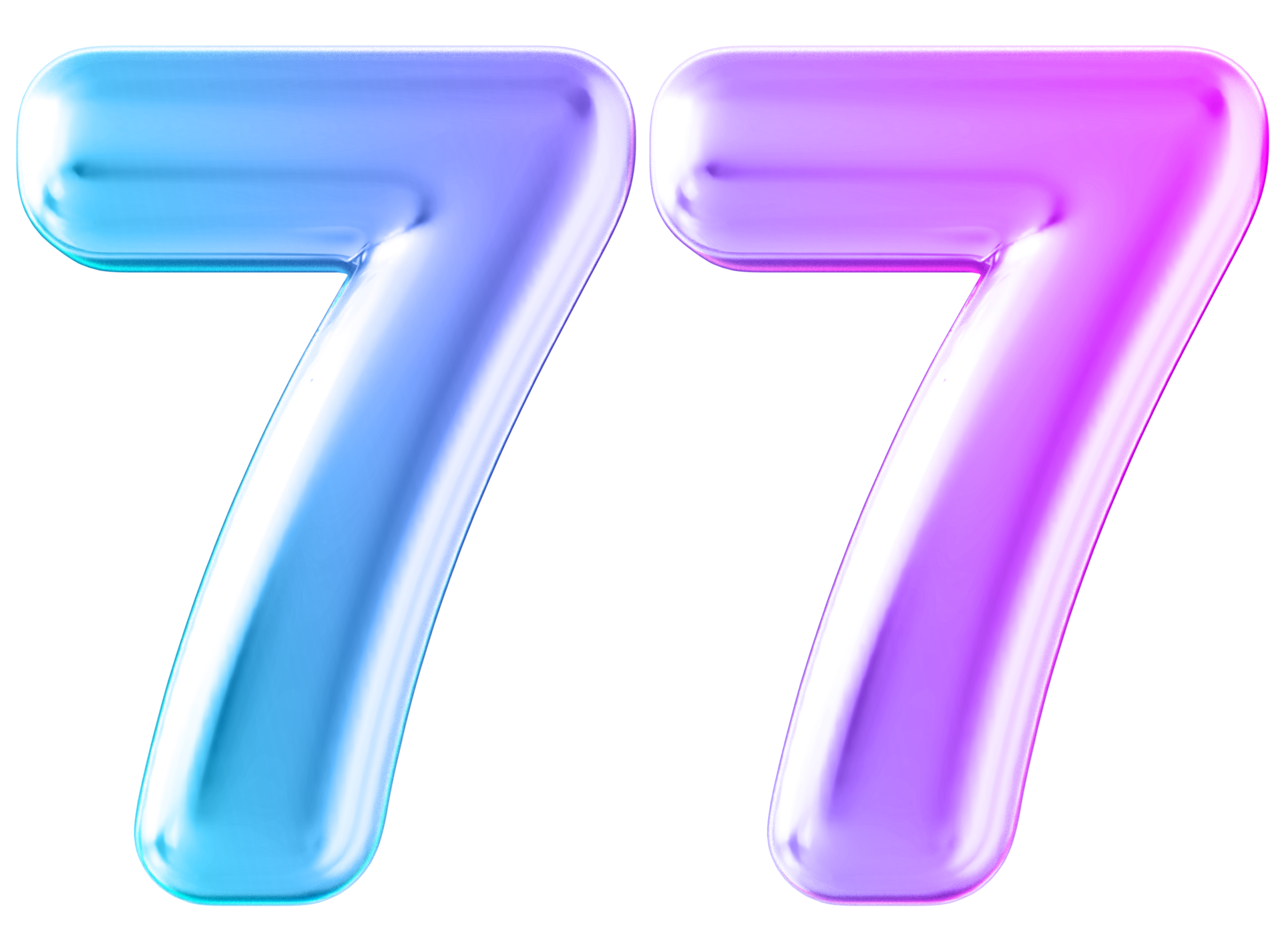
- Axles:
- Front: Dana 30
- Rear: AMC 20 (known for its two-piece axle shafts, which are often upgraded by enthusiasts for heavy off-road use).
- Suspension: Leaf springs all around, providing a robust and simple setup that’s easily lifted.
- Body Styles: Available with a soft top or a removable hardtop, offering versatility for different climates and preferences.
- Interior & Trim: While relatively spartan by modern standards, the ’77 CJ7 offered functional interiors. Iconic trim packages like the "Renegade" featured distinct graphics, wheel flares, and upgraded wheels, adding to its appeal. The famous "Levi’s" denim interior was also an option, though less common.
What to Look For When Buying a 1977 CJ7
Purchasing a classic vehicle like a ’77 CJ7 requires a keen eye and thorough inspection. Decades of exposure, use, and potential neglect can take their toll.
- Rust, Rust, Rust: This is the absolute biggest enemy of any vintage CJ.
- Frame: Inspect the frame rails meticulously, especially around the steering box, spring hangers, shackle mounts, and body mounts. Look for patches, bubbling, or weak spots.
- Body: Check floorboards (especially under the pedals and rear seats), rocker panels, fender wells, the tailgate, and the area around the windshield frame. Surface rust is common; severe structural rust is a deal-breaker unless you’re planning a full frame-off restoration.
- Engine and Drivetrain:
- Leaks: Look for oil, coolant, or differential fluid leaks.
- Sounds: Listen for unusual noises (knocks, ticks, grinding) from the engine, transmission, and transfer case.
- Performance: Check for smooth acceleration, proper shifting (both manual and automatic), and engagement of 4WD.
- Suspension and Steering:
- Bushings: Worn out bushings in the leaf springs can lead to a sloppy ride and alignment issues.
- Steering Play: Excessive play in the steering wheel could indicate worn steering box, tie rods, or ball joints. This is often associated with the dreaded "death wobble."
- Shocks: Check for leaks or signs of collapse.
- Electrical System: Test all lights (headlights, tail lights, turn signals), gauges, wipers, heater fan, and any aftermarket accessories. Old wiring can be brittle and prone to shorts.
- Documentation: A clear title is paramount. Maintenance records, if available, can provide valuable insight into the vehicle’s history and care.
- Modifications: Many CJs have been modified. Assess the quality of the modifications. A poorly installed lift kit or engine swap can create more problems than they solve. Originality often commands a higher price, but well-executed, tasteful upgrades can add value for an enthusiast.
Common Upgrades and Modifications
Part of the CJ7’s enduring appeal is its modular design, making it a fantastic platform for customization. Common upgrades include:
- Suspension Lifts: To accommodate larger tires and improve ground clearance for off-roading.
- Engine Swaps: Popular choices include Chevy 350 V8s or even modern LS engines for more power and reliability.
- Axle Upgrades: Replacing the AMC 20 rear axle with a Dana 44 or Ford 9-inch for increased strength.
- Steering Upgrades: Heavy-duty steering components to improve handling and reduce "death wobble."
- Brake Upgrades: Converting to disc brakes, especially on the rear, for improved stopping power.
- Interior Improvements: Aftermarket seats, roll cages for safety, and updated gauges.
- Body Armor: Rock sliders, bumpers, and skid plates for off-road protection.
While modifications can enhance performance, they can also affect the value. A tastefully modified CJ7 that retains its classic character often fetches more than one with radical, poorly executed changes.
The Buying Process: Tips for a Successful Purchase
- Research Thoroughly: Understand the different trims, engine options, and common issues specific to the ’77 CJ7. Online forums and owner groups are invaluable resources.
- Set a Realistic Budget: Beyond the purchase price, factor in potential restoration costs, maintenance, insurance, and fuel.
- Inspect in Person: Never buy a classic sight unseen unless you have a trusted third party inspect it for you. Bring a flashlight, a magnet (to detect body filler), and a knowledgeable friend if possible.
- Test Drive: Pay attention to how it starts, idles, accelerates, shifts, brakes, and handles. Listen for unusual noises. Test 4WD.
- Negotiate: Most classic vehicle prices are negotiable. Be prepared to walk away if the price isn’t right or if the vehicle has too many red flags.
- Understand Legalities: Ensure the title is clear and transferable. Check local registration and emissions requirements for older vehicles.
Potential Challenges and Solutions
- Parts Availability: While specific ’77-only parts might be rare, the aftermarket support for CJ7s in general is phenomenal. Many components are interchangeable with other CJ years or have excellent aftermarket reproductions.
- Rust Mitigation: The best solution is to buy a rust-free example. If that’s not possible, plan for professional rust repair and apply preventative coatings.
- Fuel Economy: CJs are not known for their fuel efficiency, especially with V8 engines. This is simply a cost of ownership you must accept.
- Safety: Lacking modern safety features (airbags, ABS, crumple zones), driving a classic CJ requires extra vigilance. Drive defensively, avoid distractions, and consider adding a roll cage for serious off-roading.
- Emissions: Depending on your state, older vehicles like the ’77 CJ7 may be exempt from modern emissions testing. Verify local regulations before purchase.
77 Jeep CJ7 For Sale: Estimated Price Guide
The price of a 1977 Jeep CJ7 can vary wildly based on condition, originality, modifications, and regional demand. This table provides a general guideline:
| Condition Category | Estimated Price Range (USD) | Key Characteristics |
|---|---|---|
| Poor/Project | $3,000 – $8,000 | Significant rust (frame/body), non-running or barely running, major mechanical issues, incomplete, needs extensive restoration. For experienced restorers only. |
| Fair/Driver | $8,000 – $15,000 | Runs and drives, but has visible rust, worn interior, cosmetic flaws, and needs mechanical attention (brakes, suspension, leaks). Usable as a driver but not show-worthy. |
| Good | $15,000 – $25,000 | Minimal rust, good running condition, solid frame, presentable paint (may have minor flaws), functional interior. May have some tasteful, well-executed modifications. A reliable weekend cruiser. |
| Excellent | $25,000 – $40,000+ | Near-perfect body and frame (no rust), excellent paint, strong running engine and drivetrain, well-maintained or recently restored. May be highly original or professionally restored with period-correct parts. Ready for shows or serious trail use. |
| Concours/Show | $40,000 – $60,000+ | Flawless, professionally restored to original factory specifications or better. Every detail is correct. Extremely rare to find in this condition for a ’77 CJ7, often commanding top dollar from serious collectors. |
Note: Prices are estimates and can fluctuate based on market demand, specific options (e.g., V8 engine, Quadra-Trac), and geographical location.
Frequently Asked Questions (FAQ)
Q: Is a 1977 CJ7 a good daily driver?
A: While possible, a 1977 CJ7 is generally not ideal as a daily driver by modern standards. They lack modern safety features, ride comfort, and fuel efficiency. They are better suited as weekend cruisers, project vehicles, or dedicated off-roaders.
Q: Are parts for the ’77 CJ7 hard to find?
A: No, aftermarket support for CJ7s is excellent. Most mechanical and body parts are readily available from numerous suppliers. Some specific original trim pieces might be harder to source, but general wear items and common upgrades are abundant.
Q: What’s the typical mileage for a ’77 CJ7?
A: For vehicles of this age, mileage is often less important than overall condition. Many have had engine or transmission rebuilds. Focus on the vehicle’s current mechanical and structural integrity rather than just the odometer reading.
Q: Can I put a modern engine in a ’77 CJ7?
A: Yes, engine swaps are a very common modification for CJ7s. Popular choices include Chevy 350 V8s or even more modern LS engines for increased power, reliability, and sometimes better fuel economy. Kits are available to facilitate these conversions.
Q: What is the "death wobble" and how do I fix it?
A: "Death wobble" is a violent, uncontrollable shaking of the steering wheel that occurs at certain speeds, usually after hitting a bump. It’s caused by worn or loose steering and suspension components (e.g., tie rod ends, drag link, track bar, ball joints, steering box). It’s a common issue in solid-axle Jeeps, but it is fixable by systematically inspecting and replacing worn components, and often adding a steering stabilizer.
Q: What’s the difference between a ’76 and ’77 CJ7?
A: The ’76 and ’77 CJ7s are very similar as the ’77 was largely a carry-over from its inaugural year. Key differences are minor, but the ’77 model year saw the TH400 automatic transmission becoming available with the 304 V8 engine, and Quadra-Trac was a more established option.
Concluding Summary
The "77 Jeep CJ7 For Sale" isn’t just a classified ad; it’s a gateway to an iconic piece of American automotive history. With its rugged charm, undeniable off-road prowess, and timeless appeal, the 1977 CJ7 continues to captivate enthusiasts worldwide. While purchasing one requires careful consideration of common issues like rust and age-related wear, the rewards of owning and driving this legendary vehicle far outweigh the challenges. Whether you’re seeking a capable trail rig, a nostalgic weekend cruiser, or a rewarding restoration project, a well-chosen 1977 Jeep CJ7 offers an unparalleled driving experience and a profound connection to the spirit of adventure. It’s more than just a vehicle; it’s a statement, a lifestyle, and a piece of Americana waiting for its next chapter.
